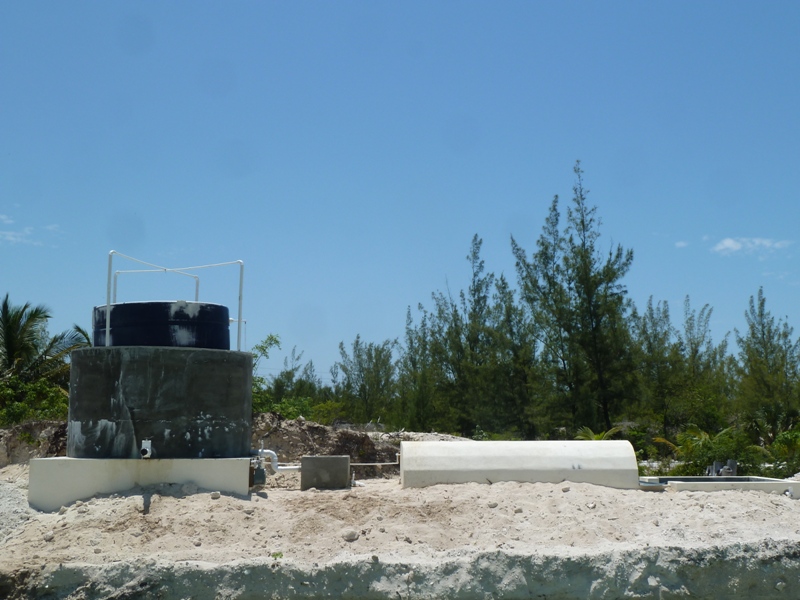In recent weeks, the CEI/IS biodigestion system has quietly been generating an unheralded form of renewable energy: biogas. Although biodigestion is the most recent addition to the renewable energy scheme on campus, the process of generating renewable energy through anaerobic digestion is arguably the cleanest form of energy production we have. By closing the loop between food production, energy production, and waste management, biodigestion represents a serious step forward in our efforts to become more self sustaining and generate models that can be replicated on a local level.  What is biodigestion, though? In layman’s terms, biodigestion is simply the breakdown of organic material in an anaerobic setting. As naturally occurring bacteria consume organic wastes, they generate gas, mostly methane, which can be used as a fuel source. During the break down process,any potential pathogens or harmful bacteria are out-competed, leaving nutrient rich fertilizer as an end result. In short, biodigestion uses safe waste management techniques to generate renewable energy and nutrient dense fertilizer, which is capable of increasing plant yields significantly.Over the next several months we will be testing the impacts of mixing various concentrations of glycerol, a by-product of the biodiesel production process, with our organic wastes. Thus far initial indications are that using waste from one process to fuel another is not only a good idea, but essential to realizing our production potential.
What is biodigestion, though? In layman’s terms, biodigestion is simply the breakdown of organic material in an anaerobic setting. As naturally occurring bacteria consume organic wastes, they generate gas, mostly methane, which can be used as a fuel source. During the break down process,any potential pathogens or harmful bacteria are out-competed, leaving nutrient rich fertilizer as an end result. In short, biodigestion uses safe waste management techniques to generate renewable energy and nutrient dense fertilizer, which is capable of increasing plant yields significantly.Over the next several months we will be testing the impacts of mixing various concentrations of glycerol, a by-product of the biodiesel production process, with our organic wastes. Thus far initial indications are that using waste from one process to fuel another is not only a good idea, but essential to realizing our production potential.